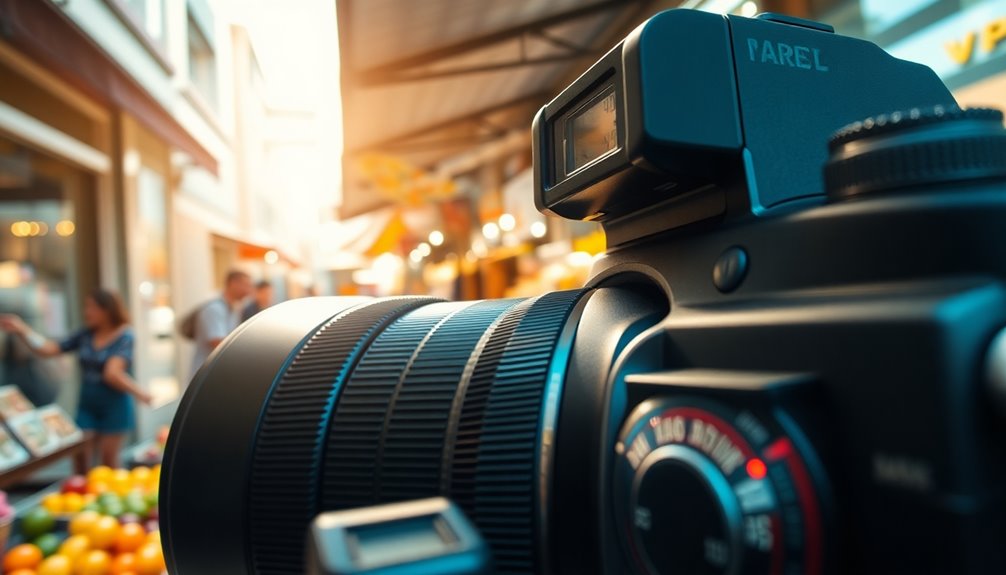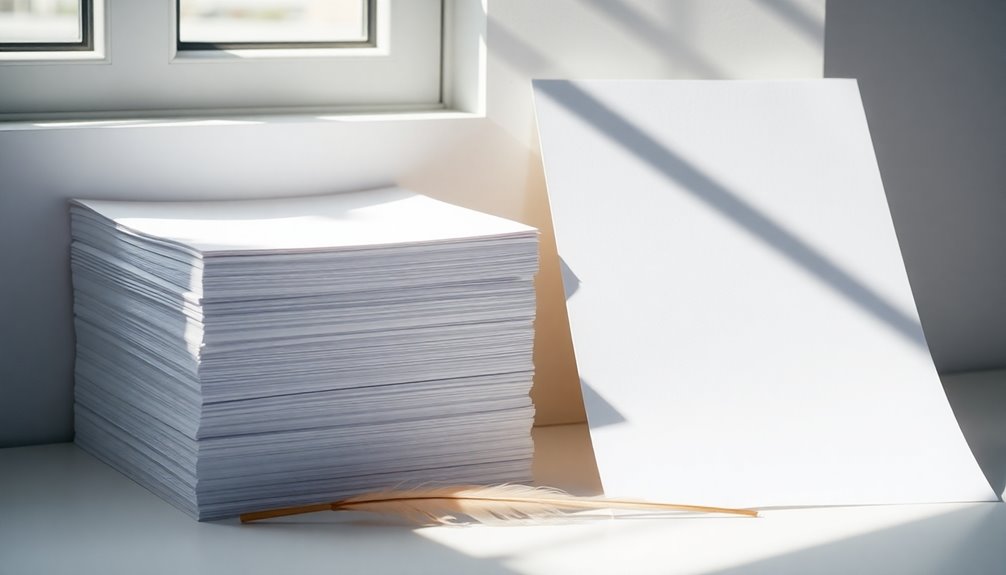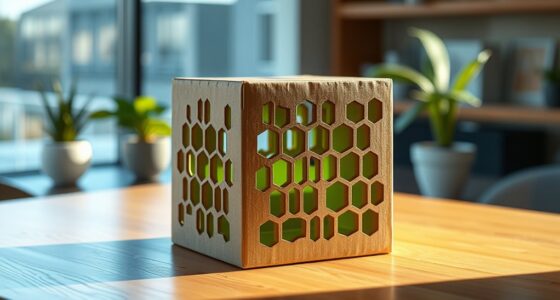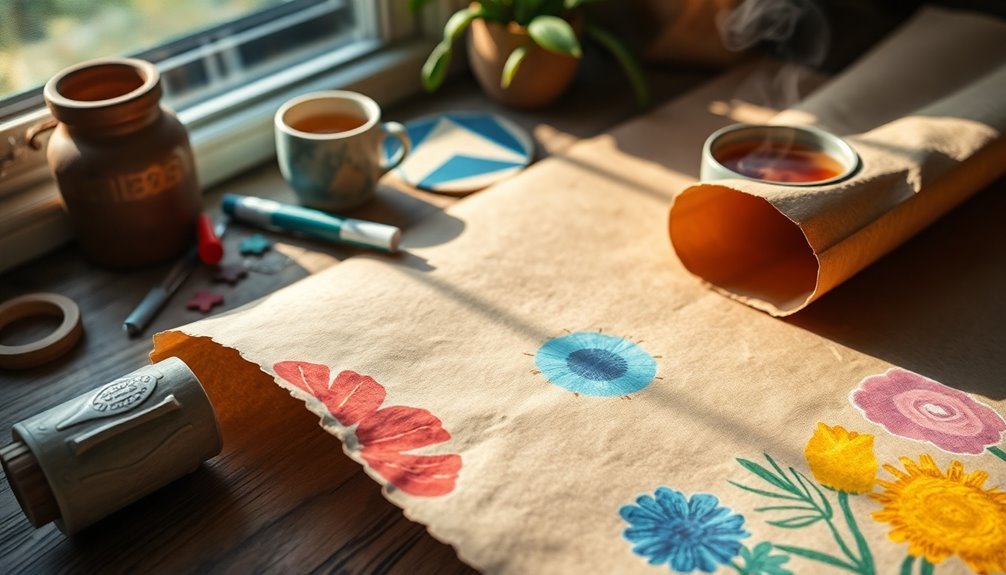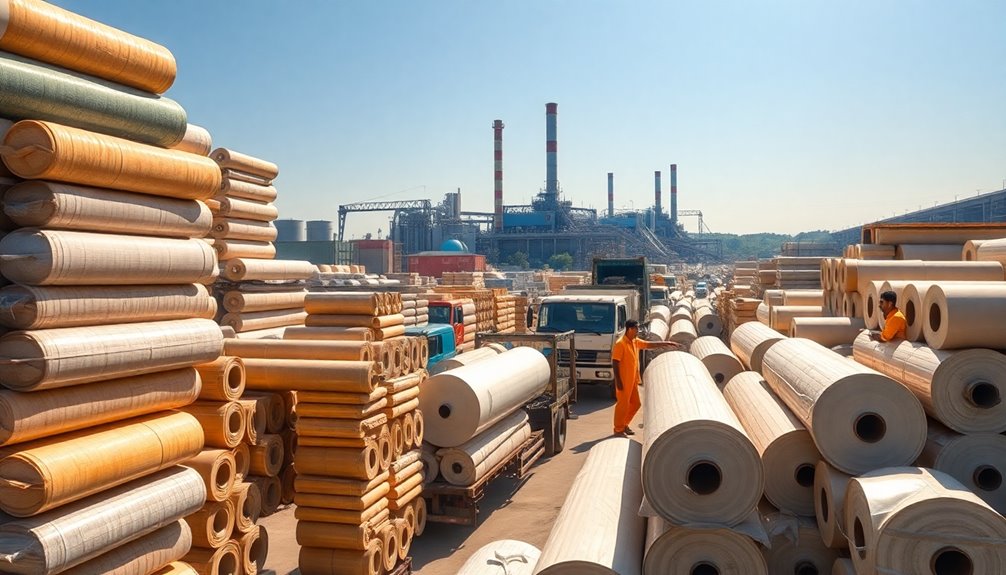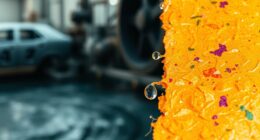With Digital IML Hybrid Labels, you can greatly enhance your packaging by utilizing high-quality, vibrant graphics that grab attention. This technology streamlines production, allowing for quick turnarounds and reduced costs, especially for shorter runs. Plus, you can create personalized marketing campaigns that engage your target audience, boosting brand visibility and sales. Industries like food and beverage, personal care, and e-commerce can all benefit from the flexibility and eco-friendliness these labels offer. Interested in exploring how to implement these solutions effectively? There's plenty more to discover about the potential of Digital IML Hybrid Labels and their impact on your brand.
Key Takeaways
- Create high-quality, vibrant graphics for labels that enhance product visibility and shelf appeal.
- Implement on-demand production for customized labels, reducing setup time and costs.
- Utilize variable data printing for personalized marketing campaigns, boosting customer engagement and retention.
- Achieve sustainable packaging solutions that minimize waste and support recyclability efforts.
- Enhance branding strategies with innovative designs that lead to measurable sales increases and market share growth.
Understanding Digital IML Hybrid Labels
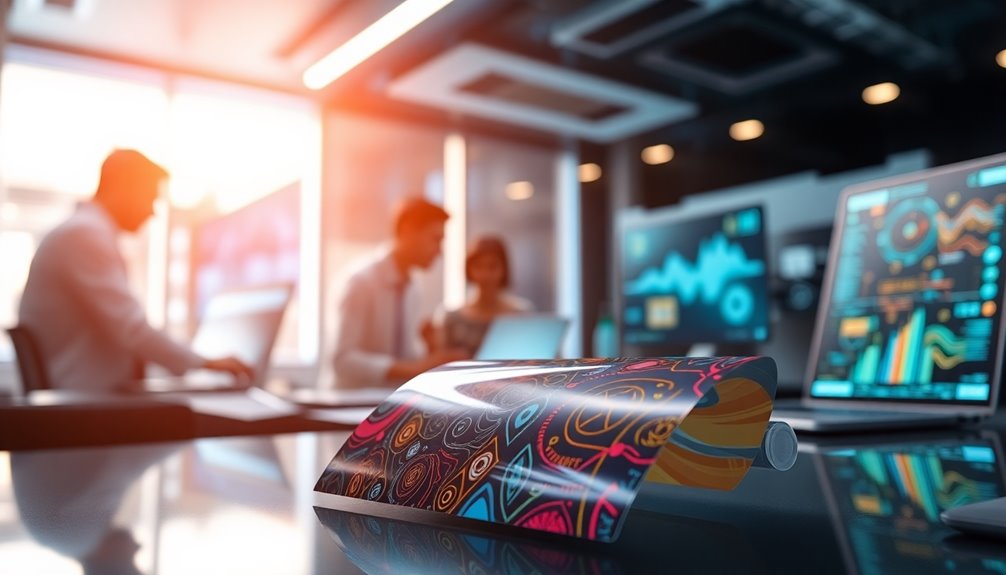
In the world of packaging, understanding Digital IML hybrid labels is essential for businesses looking to enhance their product appeal. These labels merge the advantages of digital printing technology with in-mold labeling, allowing you to create high-quality graphics and intricate designs.
This combination not only maintains the durability of traditional IML but also opens up opportunities for on-demand production. You'll find that this notably reduces setup time and costs, especially when working on short runs.
Digital IML hybrid labels also support variable data printing, which is perfect for personalized marketing campaigns and targeted customer engagement. This means you can adapt your labels to meet the specific needs of your audience, keeping your brand relevant and engaging.
The integration of digital capabilities enhances brand visibility through visually striking designs that can quickly adapt to changing market trends.
Moreover, by utilizing hybrid technology, you can achieve faster turnaround times while benefiting from the recyclability and sustainability inherent in IML materials.
Understanding how to leverage digital IML hybrid labels can give your products a competitive edge in a crowded marketplace.
Benefits of Digital IML Technology
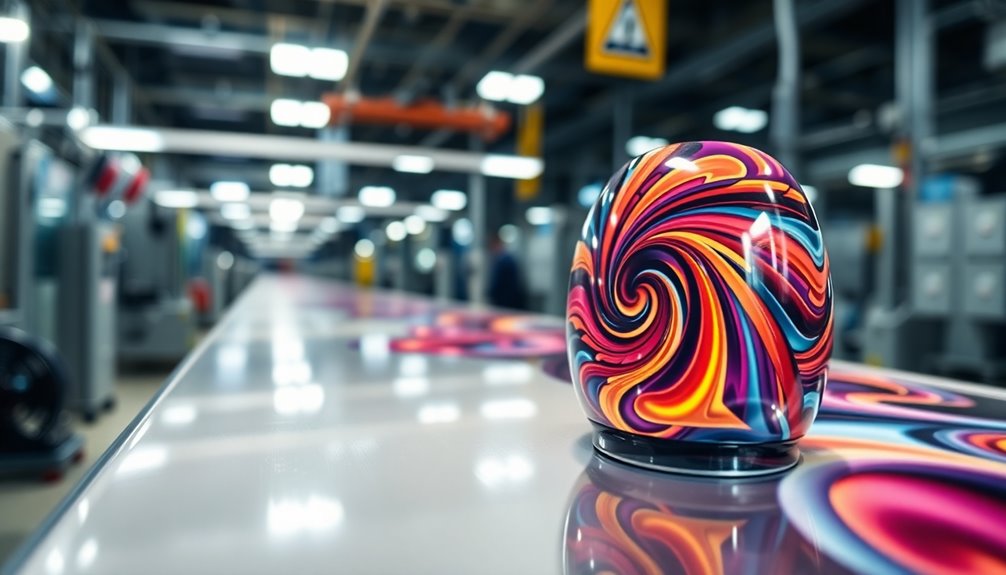
Digital IML technology brings a wealth of advantages that can greatly enhance your packaging strategy. By using this innovative approach, you can improve both the aesthetics and functionality of your labels. Here are some key benefits:
- High-quality graphics: With digital printing, you can achieve vibrant, full-color graphics directly on your labels, elevating your brand's visual appeal.
- Variable data printing: This technology enables you to create personalized labels for short runs, perfect for targeted marketing campaigns that resonate with your audience.
- Sustainability: Digital IML minimizes waste by reducing excess materials and supports the recyclability of the final product, aligning with eco-friendly practices.
Moreover, digital IML technology streamlines your production process by reducing setup times, allowing for quicker turnaround times to meet market demands.
It also enhances operational efficiency with flexibility in design changes and helps reduce inventory costs associated with pre-printed labels.
Embracing digital IML could be the game-changer your packaging strategy needs, as it combines quality, efficiency, and sustainability into one cohesive solution.
Applications Across Various Industries

The versatility of digital IML hybrid label technology is evident across various industries, where it transforms packaging solutions to meet specific needs.
In the food and beverage sector, you'll find high-quality graphics and intricate designs that not only enhance product visibility but also appeal to consumers.
When it comes to personal care products, digital IML labels offer unique branding opportunities, allowing for variable data printing that supports personalized products and promotional campaigns.
Automotive manufacturers benefit from durable labels that withstand harsh environments, ensuring they maintain their aesthetic integrity while contributing to brand differentiation.
In the pharmaceutical industry, digital IML hybrid technology helps you meet strict regulatory requirements, providing clear product information alongside enhanced security features to protect consumers.
E-commerce businesses are also leveraging digital IML hybrid labels because they adapt quickly to varying SKU demands.
This on-demand printing capability aligns perfectly with fast-paced market needs, ensuring you can respond to trends and consumer preferences effectively.
Enhancing Brand Visibility and Engagement
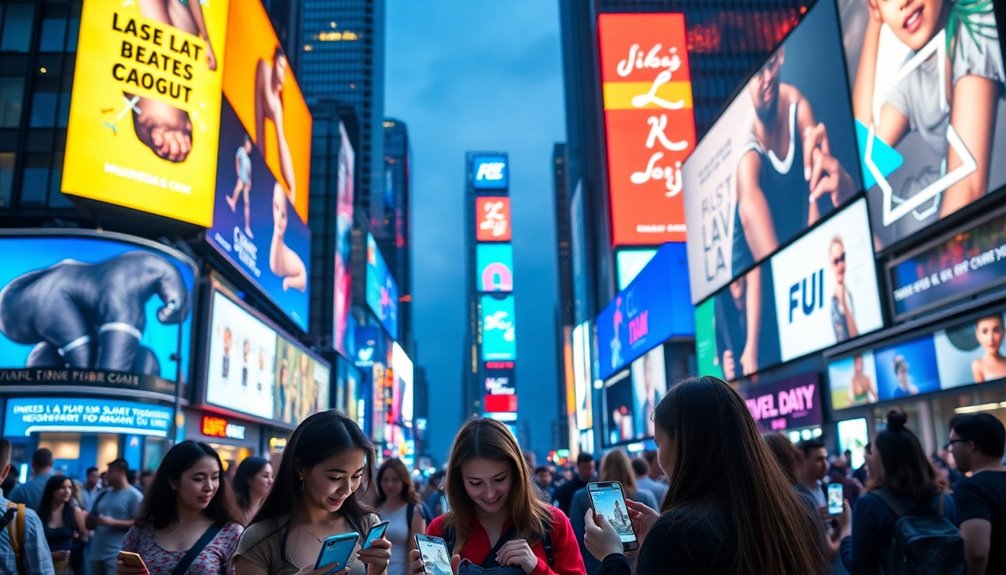
With vibrant graphics and eye-catching designs, digital IML hybrid labels greatly enhance brand visibility and engagement.
These labels are getting a boost due to their unique combination of high-quality digital printing and in-mold labeling, making your products stand out on the shelves. You can customize and personalize these labels to align perfectly with your marketing campaigns, capturing the attention of your target audience.
Consider the advantages:
- Quick Turnaround: Respond rapidly to market trends with fast production times for short runs or seasonal promotions.
- Variable Data Printing: Create unique labels for different products or batches, allowing for tailored messaging that resonates with consumers.
- Seamless Finish: The smooth aesthetics reinforce your brand identity, increasing recognition and appeal. Additionally, the use of high-quality digital printing ensures that your labels maintain clarity and vibrancy even in various lighting conditions.
Streamlining Production Processes
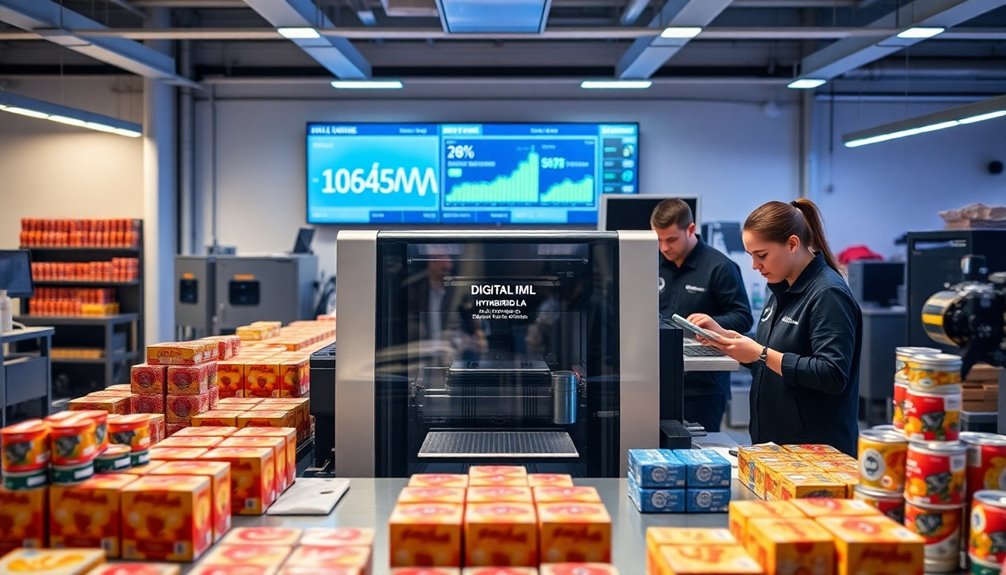
When you adopt digital IML hybrid technology, you'll notice a significant boost in efficiency metrics.
This integrated solution eliminates unnecessary steps in your production process, allowing for quicker setups and less waste.
Enhanced Efficiency Metrics
In today's fast-paced manufacturing landscape, adopting digital IML hybrid technology can drastically enhance efficiency metrics by streamlining production processes. This innovation not only reduces setup times considerably but also accelerates production cycles, making it perfect for short runs and on-demand projects.
Consider the following benefits:
- Variable data printing: You can personalize labeling effortlessly, eliminating the need for extensive retooling.
- Rapid cycle times: With automation capabilities achieving as low as 3.4 seconds per cycle, you'll see improved overall production efficiency and throughput.
- Minimized waste: By optimizing material usage, you'll further streamline production processes, enhancing cost-effectiveness.
The integration of digital printing with traditional IML processes guarantees high-quality graphics while maintaining efficiency in mass production.
This combination makes it easier to meet customer demands without compromising on quality or increasing costs.
By leveraging digital IML hybrid solutions, you're not just improving speed; you're also achieving enhanced efficiency metrics that can set your business apart in a competitive market.
Embracing this technology positions you to maximize both output and quality, guaranteeing a robust manufacturing operation.
Integrated Technology Solutions
Integrated technology solutions are revolutionizing production processes in the domain of Digital IML hybrid systems. By merging the flexibility of digital printing with the speed of traditional IML, you can enhance your production efficiency considerably.
On-demand printing and personalization capabilities reduce setup times and minimize waste, which are common pitfalls in conventional methods.
With advanced automation, these hybrid systems synchronize label printing, application, and molding, leading to streamlined workflows and shorter cycle times. The integration of vision systems guarantees accurate label placement and quality control, which helps you avoid production errors and achieve maximum output consistency.
Moreover, Digital IML technology supports quick changeovers for different SKUs, meeting the growing demand for customized packaging solutions across various markets. This adaptability is essential for businesses looking to stay competitive.
Your investment in a qualified label finishing solution will pay off as it elevates your production capabilities, catering to diverse customer needs while maintaining high standards of quality and efficiency. Additionally, implementing efficient general ledger coding can further enhance your financial reporting accuracy and support better decision-making.
Sustainability and Environmental Impact
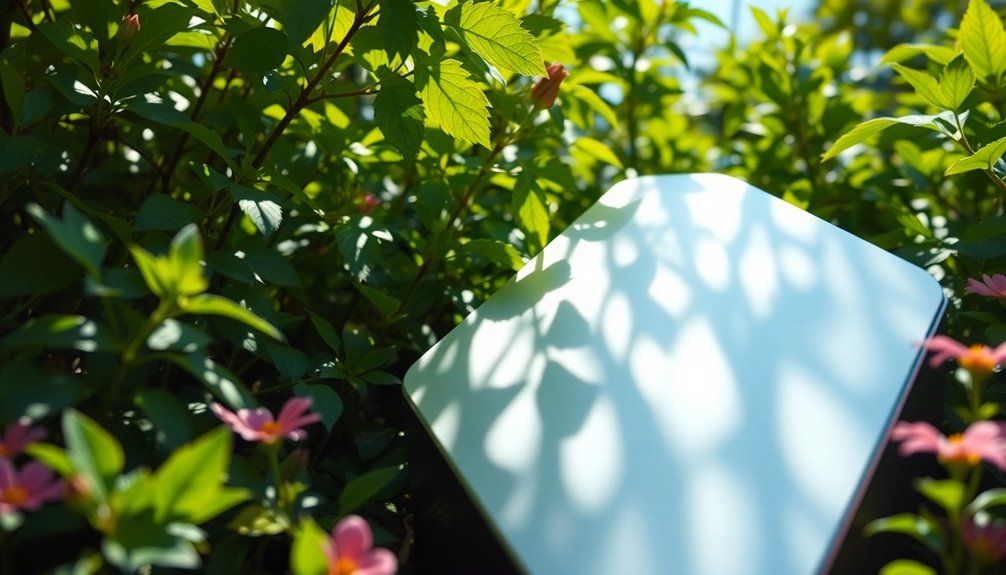
Sustainability drives innovation in packaging, and digital in-mold labeling (IML) plays a pivotal role in this transformation. By utilizing polyolefin materials, digital IML enhances recyclability, allowing labels to integrate seamlessly into the plastic packaging. This approach notably reduces waste and supports circular economy initiatives.
Consider these sustainability benefits:
- The in-mold labeling process eliminates secondary printing, preventing pollution from label peeling and ensuring better hygiene.
- Compliance with emerging environmental protection laws, especially in regions like China, becomes achievable, promoting sustainable packaging practices.
- Sustainable materials in digital IML extend product shelf life by providing effective barriers against moisture, chemicals, and UV light.
With digital IML, you're choosing a solution that not only minimizes environmental impact compared to traditional labeling methods but also provides a seamless finish that maintains the integrity and aesthetics of the packaging.
You're actively contributing to a more sustainable future while enhancing your brand's reputation. By embracing digital IML, you align your operations with sustainability goals, paving the way for innovative solutions that resonate with eco-conscious consumers.
Overcoming Common Challenges

While maneuvering through the complexities of digital in-mold labeling (IML), you'll encounter several common challenges that can impact production efficiency and quality. Addressing these challenges starts with collaboration. Engage mold manufacturers and label producers early in your project to streamline processes and tackle supply chain complexities.
Next, you'll need to take into account product SKU diversity. Designing flexible production systems lets you adapt easily to varying label designs and container shapes, enhancing efficiency. Additionally, ensuring proper label placement and adhesion is essential. You can achieve this through precise control of molding conditions and advanced automation solutions, which help minimize misalignment risks.
To further improve quality control, implement integrated vision systems that verify label placement and part quality. This step reduces the likelihood of defects in your digital IML outputs. Finally, keep innovating in automation and machinery to adapt to different container shapes and sizes. Quick changeovers become imperative for overcoming operational challenges. Moreover, the use of commercial grade heat pumps can support energy efficiency in your production environment.
| Challenge | Solution |
|---|---|
| Supply Chain Complexities | Collaborate with stakeholders early |
| SKU Diversity | Design flexible production systems |
| Label Placement & Adhesion | Use precise control and advanced automation |
| Quality Control | Implement integrated vision systems |
Future Trends in IML Technology

As you explore the future of IML technology, you'll notice a strong push towards sustainable packaging innovations that meet consumer demands.
Enhanced aesthetic options are also on the rise, allowing brands to stand out while maintaining eco-friendly practices.
Plus, advancements in production efficiency are streamlining processes, making it easier to respond to market needs.
Sustainable Packaging Innovations
The packaging industry is undergoing a transformation with the rise of hybrid digital in-mold labeling (IML) technology, which marries traditional methods with modern digital printing. This innovation is paving the way for sustainable packaging solutions that meet the demands of eco-conscious consumers.
- It enhances customization while reducing setup times.
- It supports eco-friendly materials like polypropylene, promoting a circular economy.
- It allows for on-demand production, minimizing waste and inventory costs.
With hybrid digital IML, you can utilize digital labels that integrate variable data printing, creating personalized designs. This capability not only boosts consumer engagement but also aligns with sustainability goals.
As you embrace these advancements, you're contributing to a greener future while maintaining efficiency.
The growing preference for visually appealing and environmentally friendly packaging is fueling the adoption of this technology. By investing in hybrid digital IML, you position your brand at the forefront of packaging innovation, tailored to meet consumer expectations.
The future of sustainable packaging is bright, and you're equipped to lead the way with these cutting-edge solutions.
Enhanced Aesthetic Options
Enhanced aesthetic options are revolutionizing in-mold labeling (IML) technology, allowing brands to captivate consumers with stunning visuals.
With the integration of digital printing technology into IML hybrid solutions, you're now able to create high-resolution graphics and intricate designs that truly stand out on store shelves. This enhanced visual appeal not only increases brand differentiation but also attracts more customers.
The beauty of digital IML lies in its ability to support variable data printing, enabling you to personalize labels according to specific consumer preferences. This level of customization enhances customer engagement, making your products more relatable and memorable.
Plus, advanced digital printing techniques guarantee that your labels feature vibrant colors and detailed images, boosting their attractiveness and improving visibility in competitive markets.
Flexibility is another key advantage of digital IML. You can easily adapt to changing market trends and consumer demands, thanks to its support for short-run production without extensive retooling.
As you embrace these enhanced aesthetic options, you'll not only improve your product's appeal but also align with future trends, like sustainability, as digital labels become more recyclable and eco-friendly.
Efficiency in Production
Digital IML hybrid technology not only elevates aesthetic options but also considerably boosts efficiency in production. By combining the strengths of digital printing and traditional flexographic methods, you can streamline your operations, leading to faster turnarounds and high-quality output, especially for short runs. This hybrid approach allows you to meet varied customer demands without sacrificing quality.
- Hybrid presses considerably reduce setup times, enabling quick adaptations to your production needs.
- The integration of digital printing allows for personalized labeling and variable data printing, enhancing brand engagement.
- Advances in automation within hybrid IML systems facilitate rapid label changeovers, minimizing downtime.
With the IML market projected to grow at a CAGR of 6.5% from 2023 to 2030, the demand for efficient and sustainable packaging solutions is clear. Embracing hybrid technology not only positions your business ahead of the competition but also drives innovation and responsiveness.
You'll find that the efficiency gained through digital IML hybrid systems is a game changer, ensuring you can deliver what your customers want, when they want it, all while maintaining a commitment to quality and sustainability.
Collaborating for Successful Implementation
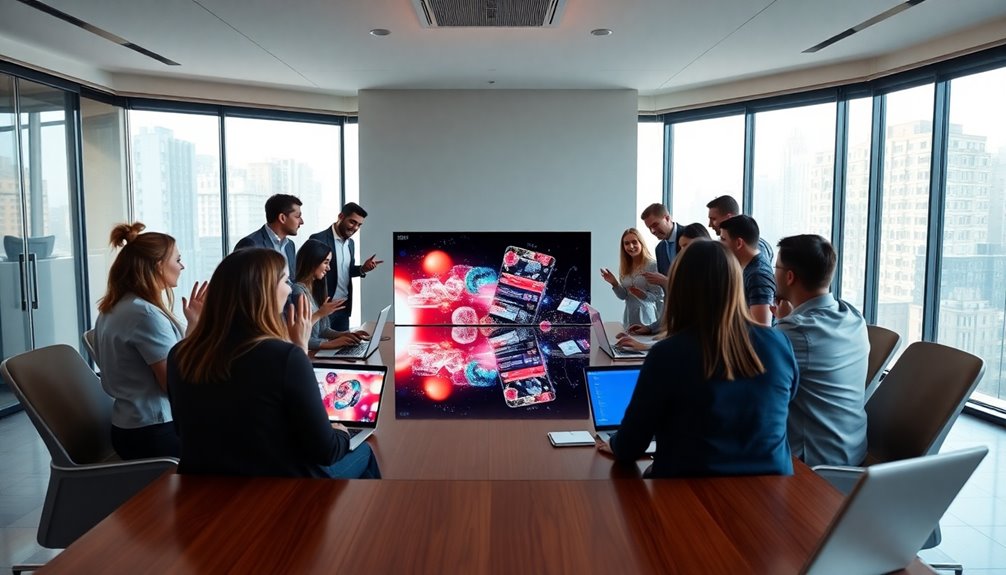
Successful implementation of digital IML hybrid technology hinges on early collaboration among stakeholders. You'll want to engage mold manufacturers, label producers, and automation providers from the outset to guarantee everyone's aligned and working efficiently.
This early collaboration is essential for integrating digital printing capabilities with traditional IML processes, allowing for enhanced customization and rapid turnaround on short-run digital labels.
By collaborating for successful implementation, you can uncover cost-saving opportunities during the design phase. Moldmakers can provide valuable insights that simplify the project, reducing complexities in the supply chain.
Effective communication is imperative here; it helps navigate challenges like label placement precision and ensures that labels adhere correctly during the injection molding process.
Moreover, synchronization across the supply chain is fundamental. When everyone is on the same page, you can overcome delays and fully optimize the benefits of digital IML hybrid solutions, which leads to improved productivity and product quality.
In short, forging strong partnerships and maintaining open lines of communication will set the stage for a successful implementation, allowing you to meet the demands of diverse product offerings and shorter production runs.
Case Studies of Successful Campaigns

In exploring case studies of successful campaigns, you'll see how innovative marketing strategies can transform brand visibility and engagement.
These examples highlight how brands effectively connect with their target audiences while achieving measurable outcomes.
Let's look at some standout campaigns that illustrate these points clearly.
Innovative Marketing Strategies
Today's brands face the challenge of standing out in a crowded marketplace, and innovative marketing strategies are key to achieving that goal. Leveraging digital IML hybrid labeling can greatly enhance your brand's appeal and engagement.
Here are some proven strategies that have worked wonders for others:
- Eye-catching graphics: Brands utilizing digital IML reported a 20% boost in customer engagement due to stunning visuals.
- Limited-edition campaigns: One premium beverage brand created unique labels using digital IML, resulting in a remarkable 30% increase in sales during promotions.
- Premium perception: Products with digital IML labeling are often seen as more upscale, contributing to a 25% growth in market share.
These strategies emphasize the importance of aesthetics in marketing. With 85% of consumers finding digital IML labels more appealing, it's clear that a strong visual impact can set your brand apart. Additionally, incorporating data-driven marketing strategies allows for more tailored campaigns that resonate with your audience.
By incorporating digital IML into your marketing efforts, you can enhance brand visibility by 15% and create a lasting impression that resonates with customers.
Don't miss out on the opportunity to innovate and elevate your brand's presence in the market!
Target Audience Engagement
Engaging your target audience effectively can greatly boost your brand's success, especially when harnessing the power of digital IML. Numerous case studies illustrate how brands have successfully captured consumer attention and increased engagement through innovative label designs.
For instance, a standout campaign for a beverage brand that utilized digital IML achieved a remarkable 25% increase in sales. This showcases the impact of visually appealing packaging in attracting consumers.
Another campaign demonstrated that brands leveraging digital IML technology saw a 40% higher social media engagement rate compared to traditional labeling methods. This enhanced interaction not only strengthens brand loyalty but also fosters community around your product.
Additionally, companies reported an average 15% improvement in brand recall among consumers, proving that creative label design can greatly influence marketing strategies.
A food product campaign even revealed a 20% uplift in shelf appeal due to unique labeling, further influencing purchasing decisions in competitive retail environments. Furthermore, brands that focus on environmentally sustainable practices are increasingly resonating with consumers who value sustainability in their purchasing decisions.
Measurable Campaign Outcomes
While many brands seek to enhance their market presence, those leveraging digital IML have seen measurable results that speak volumes. Campaigns utilizing digital IML often report significant improvements that can't be overlooked.
- Brands experience an average 30% increase in brand visibility through enhanced label aesthetics and engagement strategies.
- There's a notable 25% boost in customer interaction on social media, thanks to visually appealing labels.
- Sales for products featuring digital IML labels rise by 15% compared to traditional labeling methods.
One standout campaign even achieved a remarkable 40% reduction in production time, making quicker market entry possible.
In addition, brands employing innovative digital IML solutions have seen customer retention rates climb by approximately 20%.
These measurable outcomes clearly illustrate the effectiveness of digital IML in driving brand success.
By focusing on eye-catching designs and strategic engagement, your brand can't only capture attention but also foster loyalty and boost sales.
Investing in digital IML is a smart move that leads to tangible benefits, making it a powerful tool in today's competitive market landscape.
Frequently Asked Questions
What Is Digital IML?
Digital In-Mold Labeling (IML) is a cutting-edge process that combines digital printing with in-mold labeling.
You can create high-quality graphics and intricate designs directly on plastic products during manufacturing. This method eliminates the need for separate labeling, saving you time and reducing costs.
Plus, it allows for customizable labels for marketing campaigns. It's particularly useful for short runs, making it a popular choice in industries like food and beverage where brand visibility is essential.
What Is IML in Packaging?
In-mold labeling (IML) in packaging involves integrating labels into plastic containers during the molding process.
You're achieving a seamless finish that enhances aesthetics and branding, which makes your products stand out.
With IML, you don't need secondary labeling, saving time and reducing costs.
Plus, IML labels are durable against scratches, moisture, and chemicals, ideal for food and beverage packaging.
This method supports your sustainability goals while appealing to eco-conscious consumers.
What Materials Are Used for In-Mold Labeling?
In-mold labeling primarily uses polypropylene (PP) and polyethylene (PE) as materials for label substrates.
These options work well with the plastic molding process, ensuring a strong bond.
You'll notice that IML labels are printed with special hot-melt adhesives, making them durable against scratches, moisture, chemicals, and UV light.
Plus, using polyolefin materials enhances recyclability, allowing you to process the labels alongside the plastic packaging they're applied to.
Conclusion
To sum up, embracing digital IML hybrid labels can greatly elevate your brand's presence and efficiency. You'll benefit from enhanced visibility, streamlined production, and the ability to adapt to various industries. By staying informed about future trends and collaborating effectively, you can overcome challenges and drive successful campaigns. Ultimately, integrating this technology not only boosts your brand engagement but also positions you at the forefront of innovation in packaging. So, why not explore the possibilities today?

